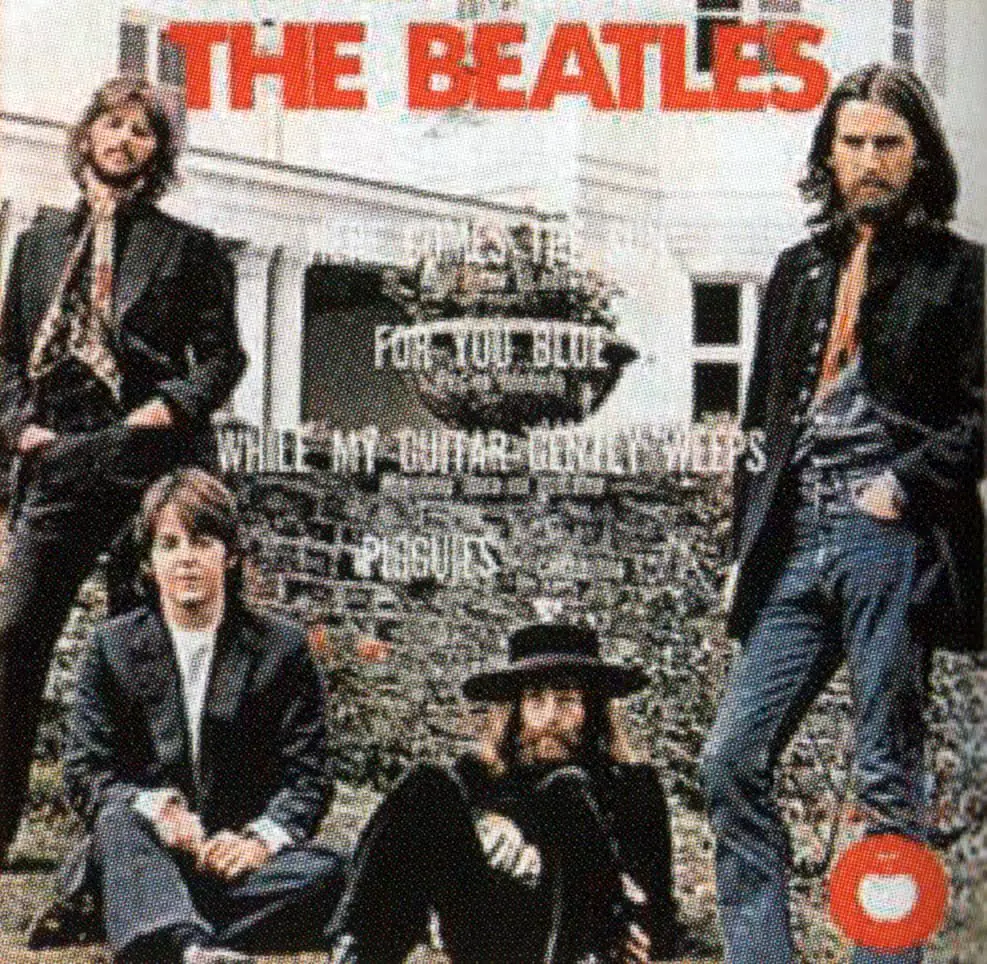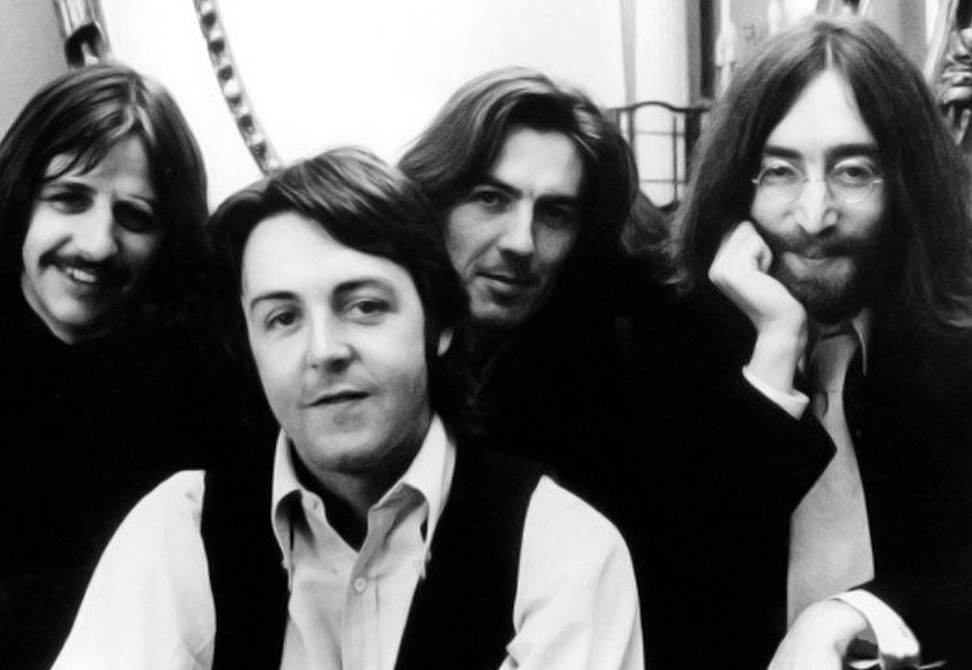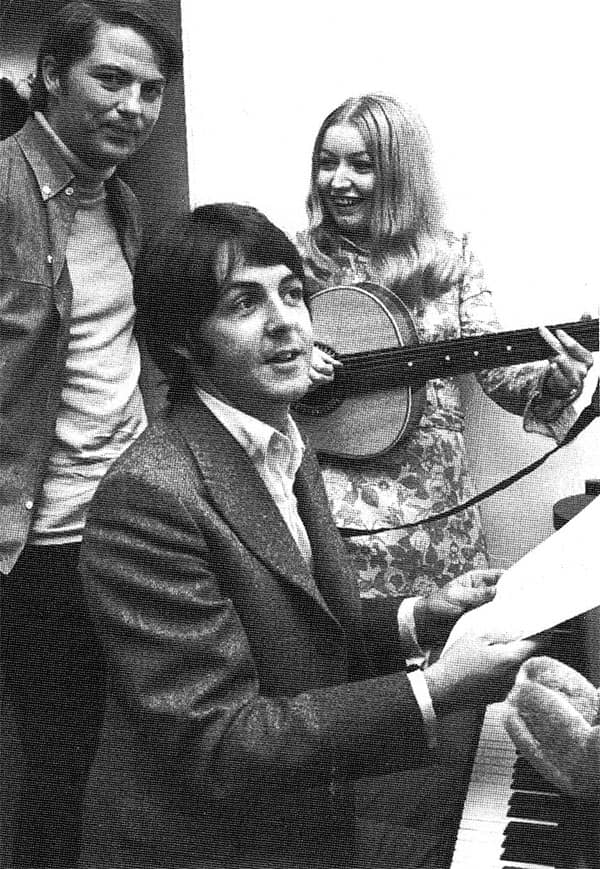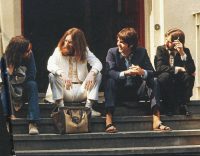Paul McCartney changes the name of his company from Adagrose Ltd. to McCartney Productions Ltd. (MPL).
Meanwhile, the studio session for the Abbey Road album was in the full edit stage. Between 1pm and 2pm, balance engineer Phil McDonald edited the orchestral overdub for The End. He began by making a copy of the tape, before editing the passage then reinserting it back into the multitrack tape.
Then in the control room of Studio Two from 2.30pm until midnight, the final attempt at a crossfade from You Never Give Me Your Money into Sun King/Mean Mr Mustard was made. Paul McCartney had prepared tape loops for this purpose on 5 August 1969, and an early version of the crossfade had been made on 14 August. On this day it was completed in a single attempt, which was known as stereo crossfade remix 12.








